linker list
linker list是利用lds 描述符实现同类型数据连续排布的一种机制。
下面是uboot里面的应用说明
lds文件里面需要增加section描述:
. = ALIGN(4);.u_boot_list : {KEEP(*(SORT(.u_boot_list*)));}
linker_list.h:
/* SPDX-License-Identifier: GPL-2.0+ */
/** include/linker_lists.h** Implementation of linker-generated arrays** Copyright (C) 2012 Marek Vasut <marex@denx.de>*/#ifndef __LINKER_LISTS_H__
#define __LINKER_LISTS_H__#include <linux/compiler.h>/** There is no use in including this from ASM files.* So just don't define anything when included from ASM.*/#if !defined(__ASSEMBLY__)/*** llsym() - Access a linker-generated array entry* @_type: Data type of the entry* @_name: Name of the entry* @_list: name of the list. Should contain only characters allowed* in a C variable name!*/
#define llsym(_type, _name, _list) \((_type *)&_u_boot_list_2_##_list##_2_##_name)/*** ll_entry_declare() - Declare linker-generated array entry* @_type: Data type of the entry* @_name: Name of the entry* @_list: name of the list. Should contain only characters allowed* in a C variable name!** This macro declares a variable that is placed into a linker-generated* array. This is a basic building block for more advanced use of linker-* generated arrays. The user is expected to build their own macro wrapper* around this one.** A variable declared using this macro must be compile-time initialized.** Special precaution must be made when using this macro:** 1) The _type must not contain the "static" keyword, otherwise the* entry is generated and can be iterated but is listed in the map* file and cannot be retrieved by name.** 2) In case a section is declared that contains some array elements AND* a subsection of this section is declared and contains some elements,* it is imperative that the elements are of the same type.** 3) In case an outer section is declared that contains some array elements* AND an inner subsection of this section is declared and contains some* elements, then when traversing the outer section, even the elements of* the inner sections are present in the array.** Example:** ::** ll_entry_declare(struct my_sub_cmd, my_sub_cmd, cmd_sub) = {* .x = 3,* .y = 4,* };*/
#define ll_entry_declare(_type, _name, _list) \_type _u_boot_list_2_##_list##_2_##_name __aligned(4) \__attribute__((unused, \section(".u_boot_list_2_"#_list"_2_"#_name)))/*** ll_entry_declare_list() - Declare a list of link-generated array entries* @_type: Data type of each entry* @_name: Name of the entry* @_list: name of the list. Should contain only characters allowed* in a C variable name!** This is like ll_entry_declare() but creates multiple entries. It should* be assigned to an array.** ::** ll_entry_declare_list(struct my_sub_cmd, my_sub_cmd, cmd_sub) = {* { .x = 3, .y = 4 },* { .x = 8, .y = 2 },* { .x = 1, .y = 7 }* };*/
#define ll_entry_declare_list(_type, _name, _list) \_type _u_boot_list_2_##_list##_2_##_name[] __aligned(4) \__attribute__((unused, \section(".u_boot_list_2_"#_list"_2_"#_name)))/** We need a 0-byte-size type for iterator symbols, and the compiler* does not allow defining objects of C type 'void'. Using an empty* struct is allowed by the compiler, but causes gcc versions 4.4 and* below to complain about aliasing. Therefore we use the next best* thing: zero-sized arrays, which are both 0-byte-size and exempt from* aliasing warnings.*//*** ll_entry_start() - Point to first entry of linker-generated array* @_type: Data type of the entry* @_list: Name of the list in which this entry is placed** This function returns ``(_type *)`` pointer to the very first entry of a* linker-generated array placed into subsection of .u_boot_list section* specified by _list argument.** Since this macro defines an array start symbol, its leftmost index* must be 2 and its rightmost index must be 1.** Example:** ::** struct my_sub_cmd *msc = ll_entry_start(struct my_sub_cmd, cmd_sub);*/
#define ll_entry_start(_type, _list) \
({ \static char start[0] __aligned(4) __attribute__((unused, \section(".u_boot_list_2_"#_list"_1"))); \(_type *)&start; \
})/*** ll_entry_end() - Point after last entry of linker-generated array* @_type: Data type of the entry* @_list: Name of the list in which this entry is placed* (with underscores instead of dots)** This function returns ``(_type *)`` pointer after the very last entry of* a linker-generated array placed into subsection of .u_boot_list* section specified by _list argument.** Since this macro defines an array end symbol, its leftmost index* must be 2 and its rightmost index must be 3.** Example:** ::** struct my_sub_cmd *msc = ll_entry_end(struct my_sub_cmd, cmd_sub);*/
#define ll_entry_end(_type, _list) \
({ \static char end[0] __aligned(4) __attribute__((unused, \section(".u_boot_list_2_"#_list"_3"))); \(_type *)&end; \
})
/*** ll_entry_count() - Return the number of elements in linker-generated array* @_type: Data type of the entry* @_list: Name of the list of which the number of elements is computed** This function returns the number of elements of a linker-generated array* placed into subsection of .u_boot_list section specified by _list* argument. The result is of an unsigned int type.** Example:** ::** int i;* const unsigned int count = ll_entry_count(struct my_sub_cmd, cmd_sub);* struct my_sub_cmd *msc = ll_entry_start(struct my_sub_cmd, cmd_sub);* for (i = 0; i < count; i++, msc++)* printf("Entry %i, x=%i y=%i\n", i, msc->x, msc->y);*/
#define ll_entry_count(_type, _list) \({ \_type *start = ll_entry_start(_type, _list); \_type *end = ll_entry_end(_type, _list); \unsigned int _ll_result = end - start; \_ll_result; \})/*** ll_entry_get() - Retrieve entry from linker-generated array by name* @_type: Data type of the entry* @_name: Name of the entry* @_list: Name of the list in which this entry is placed** This function returns a pointer to a particular entry in linker-generated* array identified by the subsection of u_boot_list where the entry resides* and it's name.** Example:** ::** ll_entry_declare(struct my_sub_cmd, my_sub_cmd, cmd_sub) = {* .x = 3,* .y = 4,* };* ...* struct my_sub_cmd *c = ll_entry_get(struct my_sub_cmd, my_sub_cmd, cmd_sub);*/
#define ll_entry_get(_type, _name, _list) \({ \extern _type _u_boot_list_2_##_list##_2_##_name; \_type *_ll_result = \&_u_boot_list_2_##_list##_2_##_name; \_ll_result; \})/*** ll_start() - Point to first entry of first linker-generated array* @_type: Data type of the entry** This function returns ``(_type *)`` pointer to the very first entry of* the very first linker-generated array.** Since this macro defines the start of the linker-generated arrays,* its leftmost index must be 1.** Example:** ::** struct my_sub_cmd *msc = ll_start(struct my_sub_cmd);*/
#define ll_start(_type) \
({ \static char start[0] __aligned(4) __attribute__((unused, \section(".u_boot_list_1"))); \(_type *)&start; \
})/*** ll_end() - Point after last entry of last linker-generated array* @_type: Data type of the entry** This function returns ``(_type *)`` pointer after the very last entry of* the very last linker-generated array.** Since this macro defines the end of the linker-generated arrays,* its leftmost index must be 3.** Example:** ::** struct my_sub_cmd *msc = ll_end(struct my_sub_cmd);*/
#define ll_end(_type) \
({ \static char end[0] __aligned(4) __attribute__((unused, \section(".u_boot_list_3"))); \(_type *)&end; \
})#endif /* __ASSEMBLY__ */#endif /* __LINKER_LISTS_H__ */
ll_entry_declare_list 和ll_entry_declare差别是前者是数组声明,一次可以声明多个条目,后者只声明(定义)一个条目。
ll_entry_start(_type, _list) 获取该类型列表首个条目地址
ll_entry_get(_type, _name, _list) 根据名字 返回条目地址
ll_entry_count(_type, _list) 返回该类型条目数
使用实例
参考driver的定义:
struct driver {char *name;enum uclass_id id;const struct udevice_id *of_match;int (*bind)(struct udevice *dev);int (*probe)(struct udevice *dev);int (*remove)(struct udevice *dev);int (*unbind)(struct udevice *dev);int (*ofdata_to_platdata)(struct udevice *dev);int (*child_post_bind)(struct udevice *dev);int (*child_pre_probe)(struct udevice *dev);int (*child_post_remove)(struct udevice *dev);int priv_auto_alloc_size;int platdata_auto_alloc_size;int per_child_auto_alloc_size;int per_child_platdata_auto_alloc_size;const void *ops; /* driver-specific operations */uint32_t flags;
};/* Declare a new U-Boot driver */
#define U_BOOT_DRIVER(__name) \ll_entry_declare(struct driver, __name, driver)
usb hub driver
U_BOOT_DRIVER(usb_generic_hub) = {
.name = “usb_hub”,
.id = UCLASS_USB_HUB,
.of_match = usb_hub_ids,
.flags = DM_FLAG_ALLOC_PRIV_DMA,
};
相关文章:

linker list
linker list是利用lds 描述符实现同类型数据连续排布的一种机制。 下面是uboot里面的应用说明 lds文件里面需要增加section描述: . ALIGN(4);.u_boot_list : {KEEP(*(SORT(.u_boot_list*)));}linker_list.h: /* SPDX-License-Identifier: GPL-2.0 */ /** include…...
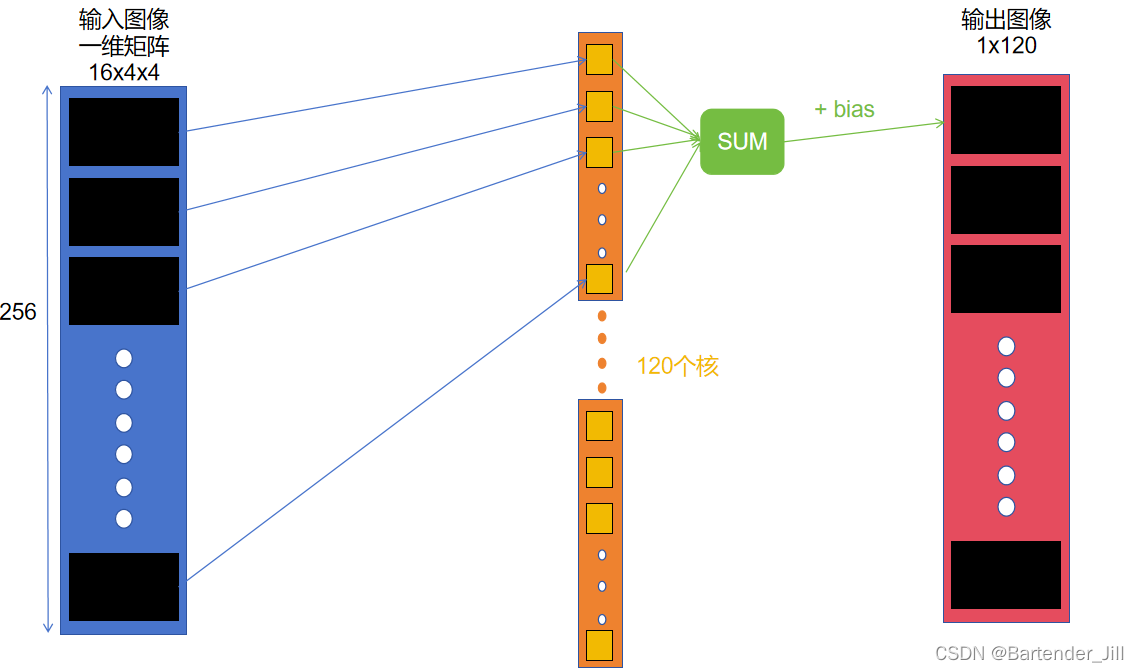
[CUDA手搓]从零开始用C++ CUDA搭建一个卷积神经网络(LeNet),了解神经网络各个层背后算法原理
文章目录 前言一、所需环境二、实现思路2.1. 定义了LeNet网络模型结构,并训练了20次2.2 以txt格式导出训练结果(模型的各个层权重偏置等参数)2.3 (可选)以pth格式导出训练结果,以方便后期调试2.4 C CUDA要做的事 三、C CUDA具体实现3.1 新建.cu文件并填好…...

【开源】基于JAVA+Vue+SpringBoot的数据可视化的智慧河南大屏
目录 一、摘要1.1 项目介绍1.2 项目录屏 二、功能模块三、系统展示四、核心代码4.1 数据模块 A4.2 数据模块 B4.3 数据模块 C4.4 数据模块 D4.5 数据模块 E 五、免责说明 一、摘要 1.1 项目介绍 基于JAVAVueSpringBootMySQL的数据可视化的智慧河南大屏,包含了GDP、…...
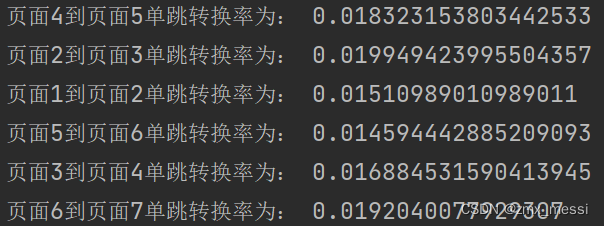
页面单跳转换率统计案例分析
需求说明 页面单跳转化率 计算页面单跳转化率,什么是页面单跳转换率,比如一个用户在一次 Session 过程中访问的页面路径 3,5,7,9,10,21,那么页面 3 跳到页面 5 叫一次单跳,7-9 也叫一次单跳, 那么单跳转化率就是要统计…...

眸思MouSi:“听见世界” — 用多模态大模型点亮盲人生活
文章目录 1. Introduction1.1 APP细节展示2. Demo2.1 论文链接2.2 联系方式3. Experiment3.1 多专家的结合是否有效?3.2 如何更好的将多专家整合在一起?Reference让盲人听见世界,复旦眸思大模型打破视觉界限,用科技点亮新生活 1. Introduction 在这个世界上,视力是探索万…...
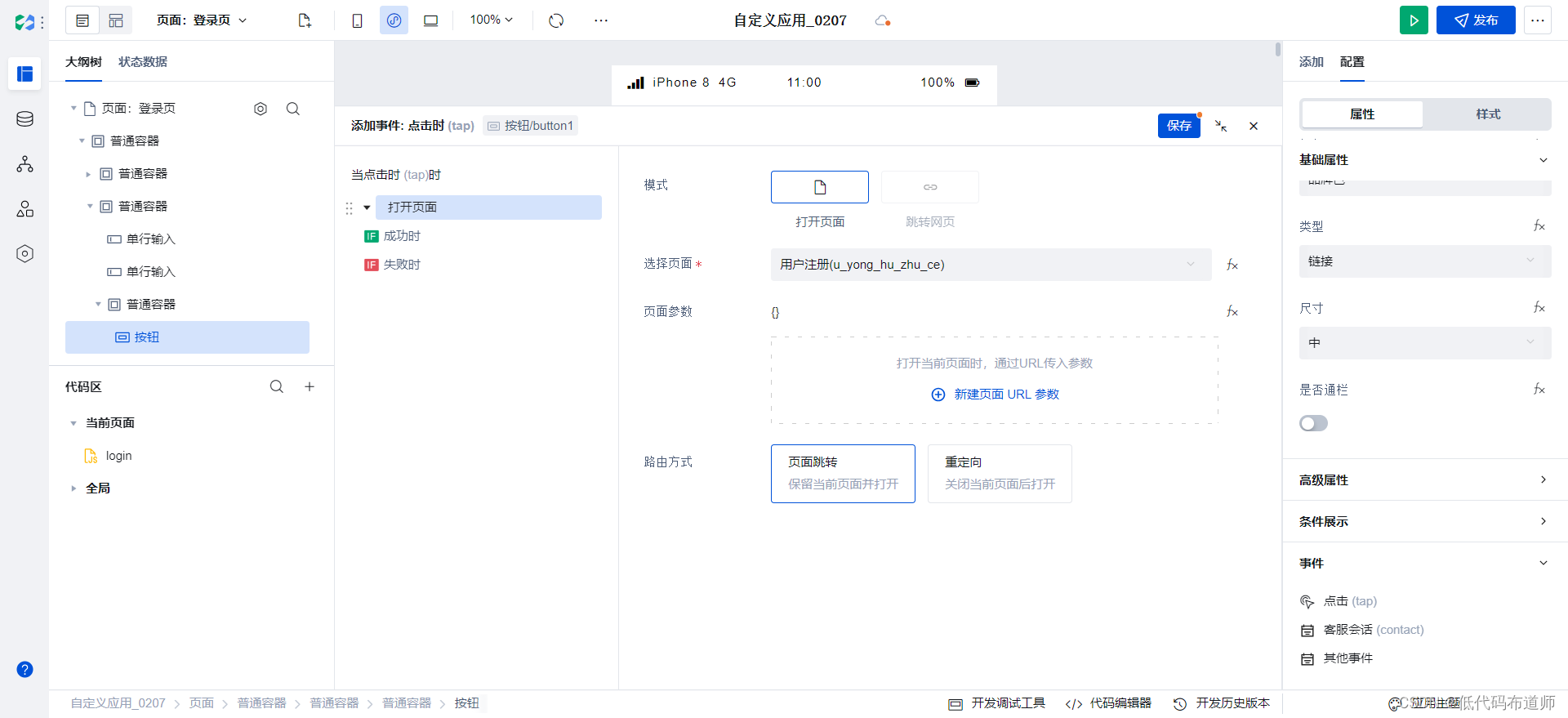
电商小程序05用户注册
目录 1 搭建页面2 设置默认跳转总结 我们上一篇拆解了登录功能,如果用户没有账号就需要注册了。本篇我们介绍一下注册功能的实现。 1 搭建页面 打开应用,点击左上角的新建页面 输入页面的名称,用户注册 删掉网格布局,添加表单容…...

什么是UI设计?
用户界面(UI)它是人与机器互动的载体,也是用户体验(UX)一个组成部分。用户界面由视觉设计 (即传达产品的外观和感觉) 和交互设计 (即元素的功能和逻辑组织) 两部分组成。用户界面设计的目标是创建一个用户界面…...
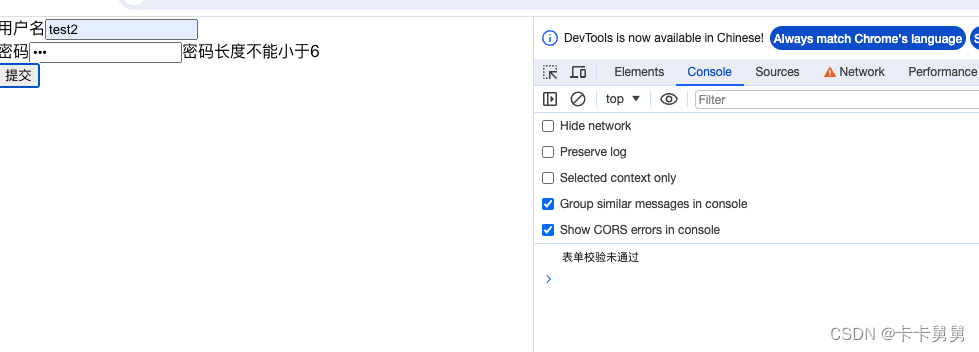
React 实现表单组件
表单是html的基础元素,接下来我会用React实现一个表单组件。支持包括输入状态管理,表单验证,错误信息展示,表单提交,动态表单元素等功能。 数据状态 表单元素的输入状态管理,可以基于react state 实现。 …...
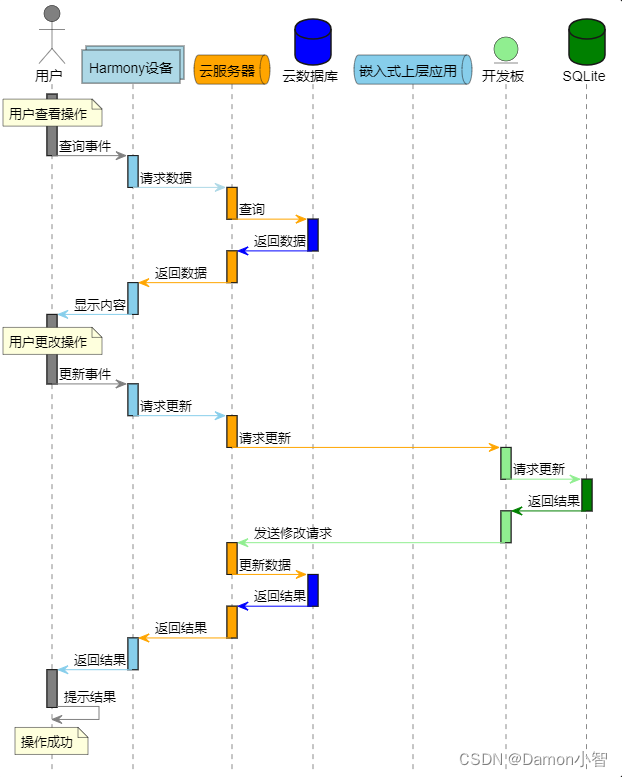
PlantUML绘制UML图教程
UML(Unified Modeling Language)是一种通用的建模语言,广泛用于软件开发中对系统进行可视化建模。PlantUML是一款强大的工具,通过简单的文本描述,能够生成UML图,包括类图、时序图、用例图等。PlantUML是一款…...

自学Python第二十二天- Django框架(六) django的实用插件:cron、APScheduler
django-crontab 和 django-cron 有时候需要django在后台不断的执行一个任务,简单的可以通过中间件来实现,但是中间件是根据请求触发的。如果需要定时执行任务,则需要使用到一些插件。 django-crontab 和 django-cron 是常用的用于处理定时任…...
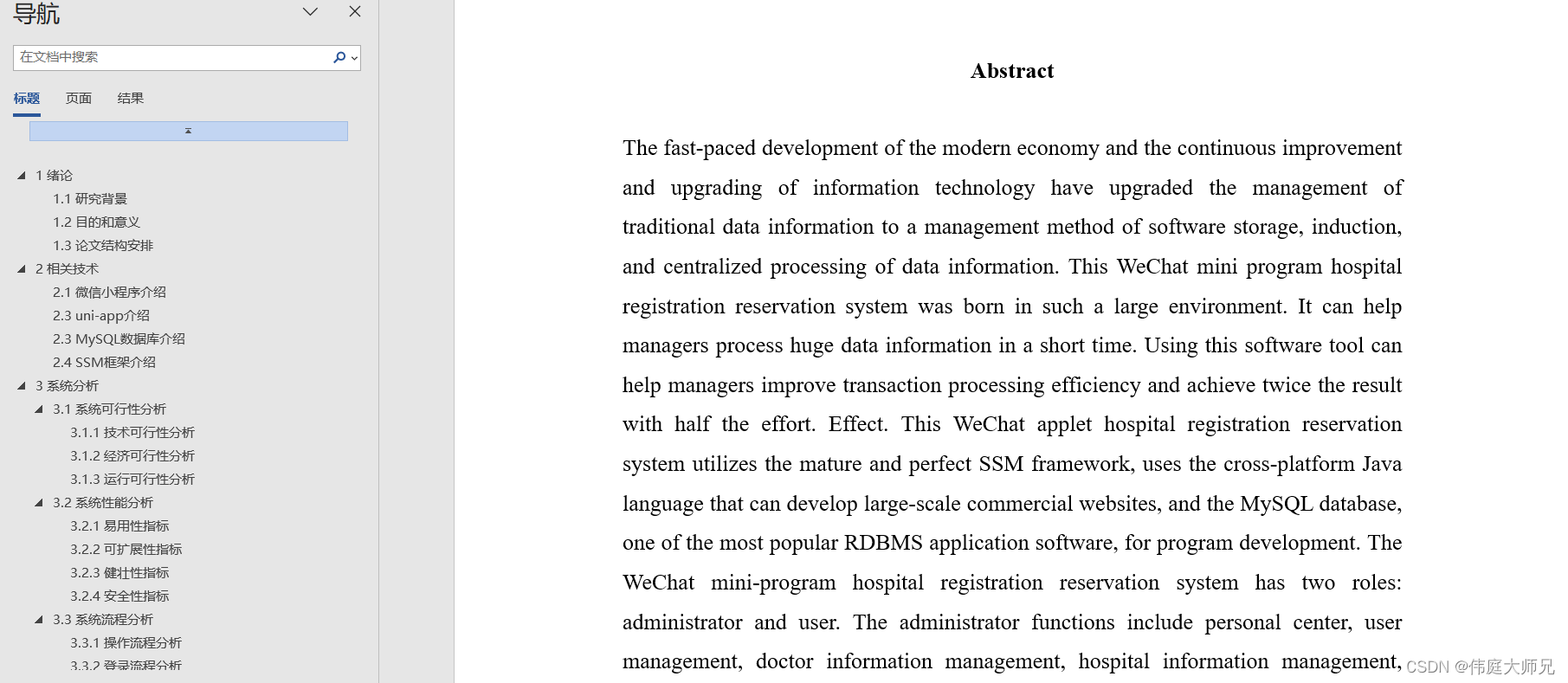
医院挂号预约|医院挂号预约小程序|基于微信小程序的医院挂号预约系统设计与实现(源码+数据库+文档)
医院挂号预约小程序目录 目录 基于微信小程序的医院挂号预约系统设计与实现 一、前言 二、系统功能设计 三、系统实现 1、小程序用户端 2、系统服务端 (1) 用户管理 (2)医院管理 (3)医生管理 &…...
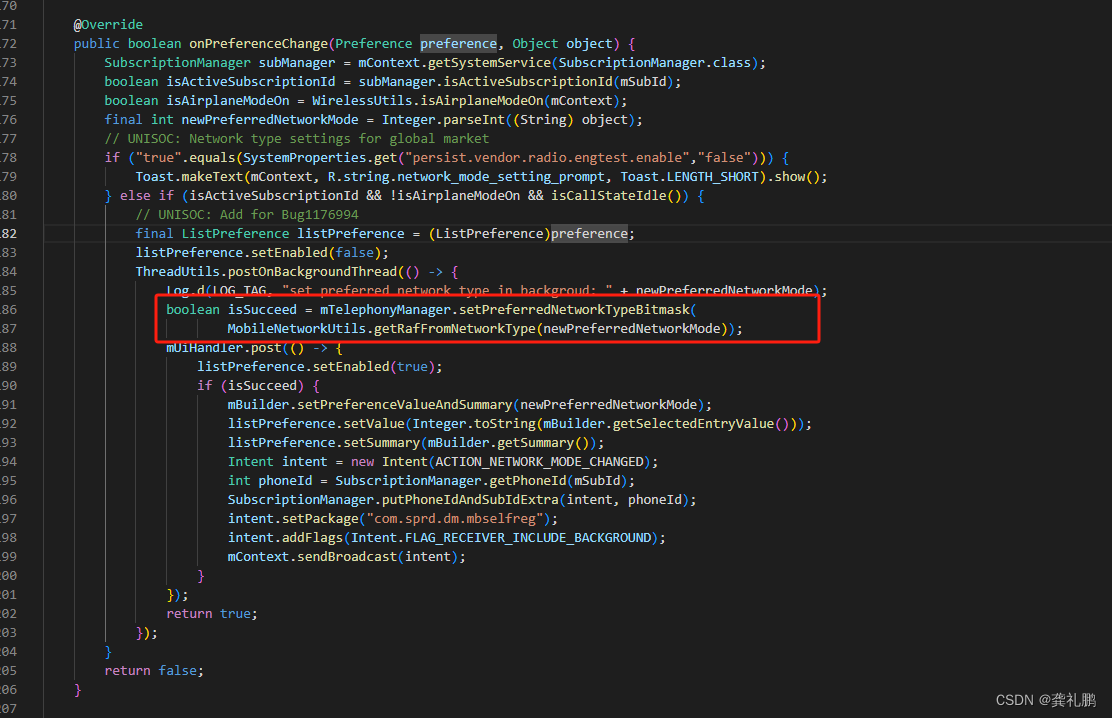
网络选择流程分析(首选网络类型切换流程)
首先是界面,我在此平台的界面如下: 对应的入口源码位置在Settings的UniEnabledNetworkModePreferenceController中,当然其他平台可能在PreferredNetworkModePreferenceController中,流程上都是大同小异 然后点击切换按钮会调用到UniEnabledNetworkModePreferenceControlle…...
6.1-Vector的汽车电子开发工具链简介)
AutoSAR(基础入门篇)6.1-Vector的汽车电子开发工具链简介
目录 前言 一、PREEvision 二、vVIRTUALtarget 三、DaVinci 四、CANoe 五、CANape 其他 前言 因为国内用...

TI的电量计驱动在卸载时导致Linux卡死
背景 最近移植TI电量计芯片bq40z50的驱动,移植完毕后,能正常读取电池信息了,但是无意中发现驱动卸载会导致Linux卡死,死前终端闪过大量打印,将putty的缓冲区都耗尽了,必须启用syslog转发并用visual syslog…...

使用yolo训练自己的模型
YOLO(You Only Look Once)是一种用于目标检测的深度学习模型,旨在实时检测图像或视频中的多个对象。与传统的目标检测方法不同,YOLO一次性处理整个图像,而不是通过滑动窗口或区域提议进行多次检测。这种方法使得YOLO在…...

堆的概念实现
前言 本文将详细讲解堆。堆是一种二叉树(一般是完全二叉树)使用顺序结构的数组来存储。 tip:这里我们需要注意区分堆在不同地方的含义,这里的堆是一个数据结构,操作系统虚拟进程地址空间的堆是操作系统中管理内存的一块…...

Redis(三)主从架构、Redis哨兵架构、Redis集群方案对比、Redis高可用集群搭建、Redis高可用集群之水平扩展
转自 极客时间 Redis主从架构 redis主从架构搭建,配置从节点步骤: 1、复制一份redis.conf文件2、将相关配置修改为如下值: port 6380 pidfile /var/run/redis_6380.pid # 把pid进程号写入pidfile配置的文件 logfile "6380.log" …...

pnpm + vite 从外网迁移到内网环境开发
离线安装pnpm 在有外网的机器上执行以下命令,下载pnpm的tgz压缩包至桌面,注意下载版本和当前使用版本保持一致 npm pack -g pnpm7.4.0 --pack-destination ~/Desktop将tgz压缩包拷贝至离线机器在离线机器中执行命令 npm -g i /home/user/offline/pnpm…...

寒假作业7
sql语句 创建表格 create table 表名 (字段名 数据类型,字段名 数据类型) create table if not exists 表名 (字段名 数据类型, 字段名 数据类型) 删除表格 drop table 表名; 插入记录 全字…...
)
【0257】关于pg内核shared cache invalidation messages (概念篇)
文章目录 1. inval messages2. 可配置参数(Configurable parameters)1. inval messages 所谓“共享缓存无效消息(shared cache invalidation messages)”,从概念上讲,共享缓存无效消息存储在一个无限数组中,其中maxMsgNum是存储提交消息的下一个数组下标, minMsgNum是…...
详解)
后进先出(LIFO)详解
LIFO 是 Last In, First Out 的缩写,中文译为后进先出。这是一种数据结构的工作原则,类似于一摞盘子或一叠书本: 最后放进去的元素最先出来 -想象往筒状容器里放盘子: (1)你放进的最后一个盘子(…...
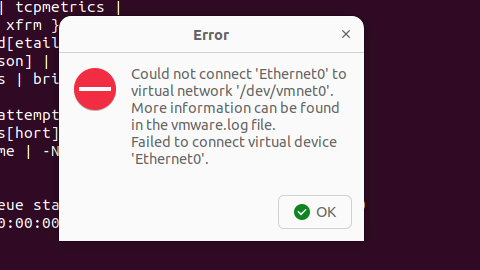
解决Ubuntu22.04 VMware失败的问题 ubuntu入门之二十八
现象1 打开VMware失败 Ubuntu升级之后打开VMware上报需要安装vmmon和vmnet,点击确认后如下提示 最终上报fail 解决方法 内核升级导致,需要在新内核下重新下载编译安装 查看版本 $ vmware -v VMware Workstation 17.5.1 build-23298084$ lsb_release…...

连锁超市冷库节能解决方案:如何实现超市降本增效
在连锁超市冷库运营中,高能耗、设备损耗快、人工管理低效等问题长期困扰企业。御控冷库节能解决方案通过智能控制化霜、按需化霜、实时监控、故障诊断、自动预警、远程控制开关六大核心技术,实现年省电费15%-60%,且不改动原有装备、安装快捷、…...

oracle与MySQL数据库之间数据同步的技术要点
Oracle与MySQL数据库之间的数据同步是一个涉及多个技术要点的复杂任务。由于Oracle和MySQL的架构差异,它们的数据同步要求既要保持数据的准确性和一致性,又要处理好性能问题。以下是一些主要的技术要点: 数据结构差异 数据类型差异ÿ…...

如何将联系人从 iPhone 转移到 Android
从 iPhone 换到 Android 手机时,你可能需要保留重要的数据,例如通讯录。好在,将通讯录从 iPhone 转移到 Android 手机非常简单,你可以从本文中学习 6 种可靠的方法,确保随时保持连接,不错过任何信息。 第 1…...

网络编程(UDP编程)
思维导图 UDP基础编程(单播) 1.流程图 服务器:短信的接收方 创建套接字 (socket)-----------------------------------------》有手机指定网络信息-----------------------------------------------》有号码绑定套接字 (bind)--------------…...
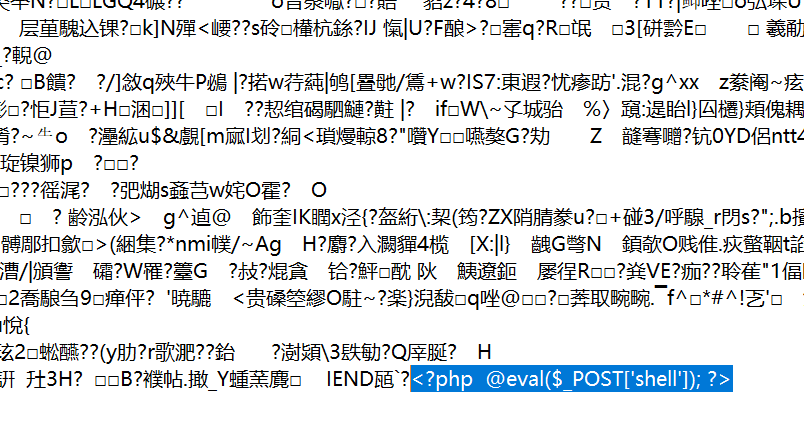
零基础在实践中学习网络安全-皮卡丘靶场(第九期-Unsafe Fileupload模块)(yakit方式)
本期内容并不是很难,相信大家会学的很愉快,当然对于有后端基础的朋友来说,本期内容更加容易了解,当然没有基础的也别担心,本期内容会详细解释有关内容 本期用到的软件:yakit(因为经过之前好多期…...
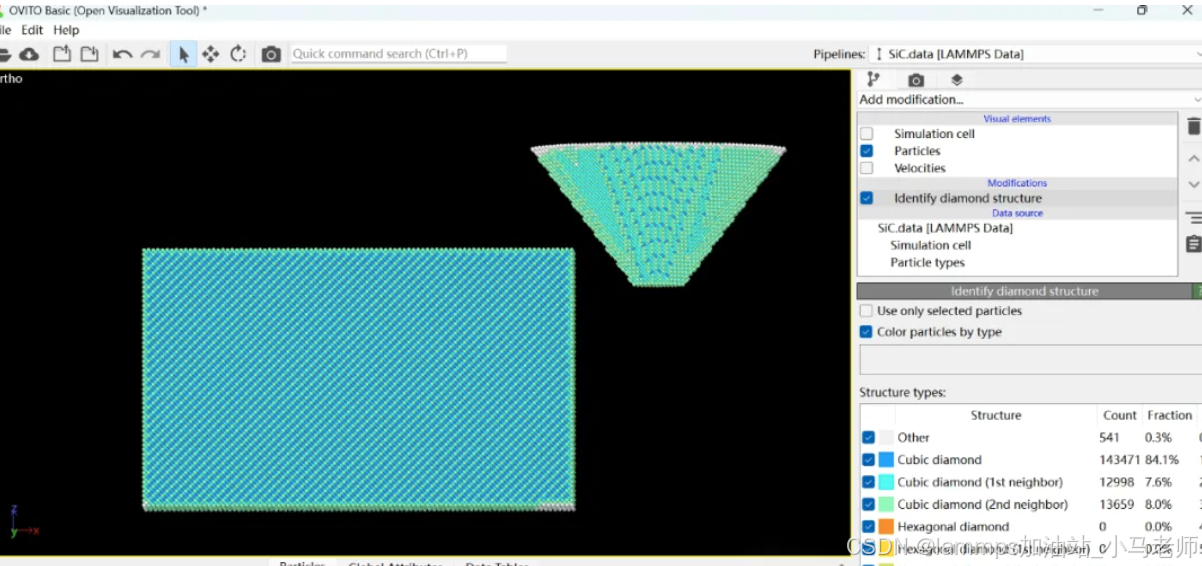
Python Ovito统计金刚石结构数量
大家好,我是小马老师。 本文介绍python ovito方法统计金刚石结构的方法。 Ovito Identify diamond structure命令可以识别和统计金刚石结构,但是无法直接输出结构的变化情况。 本文使用python调用ovito包的方法,可以持续统计各步的金刚石结构,具体代码如下: from ovito…...
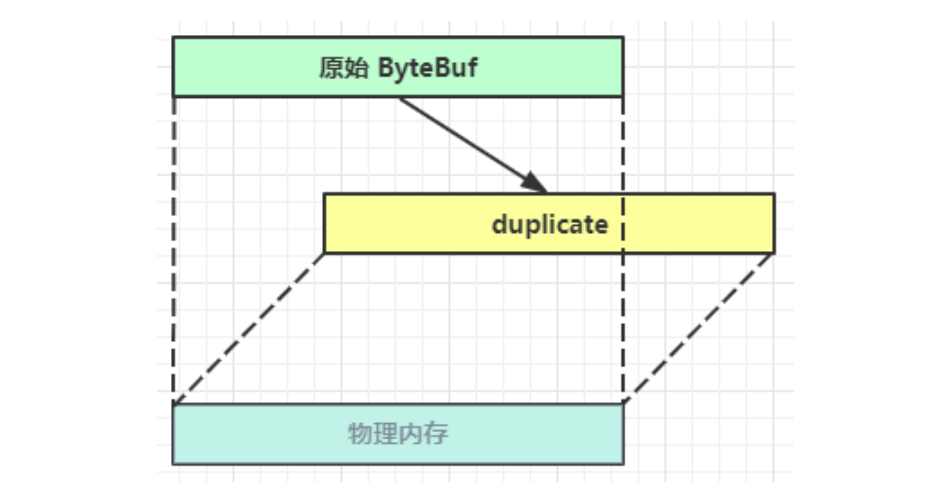
Netty从入门到进阶(二)
二、Netty入门 1. 概述 1.1 Netty是什么 Netty is an asynchronous event-driven network application framework for rapid development of maintainable high performance protocol servers & clients. Netty是一个异步的、基于事件驱动的网络应用框架,用于…...

2025年渗透测试面试题总结-腾讯[实习]科恩实验室-安全工程师(题目+回答)
安全领域各种资源,学习文档,以及工具分享、前沿信息分享、POC、EXP分享。不定期分享各种好玩的项目及好用的工具,欢迎关注。 目录 腾讯[实习]科恩实验室-安全工程师 一、网络与协议 1. TCP三次握手 2. SYN扫描原理 3. HTTPS证书机制 二…...
